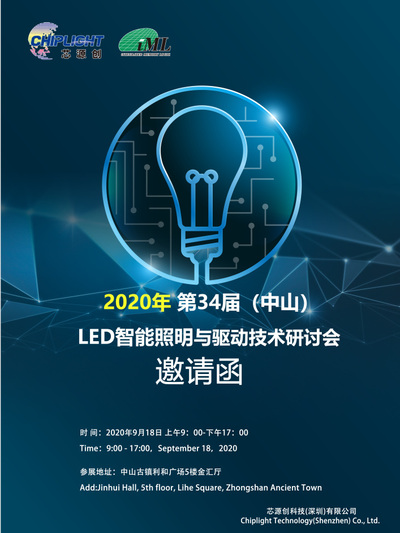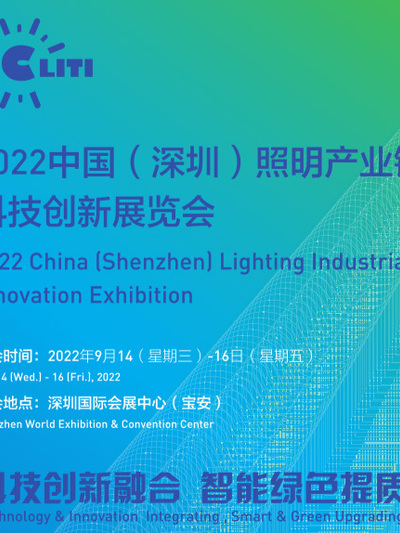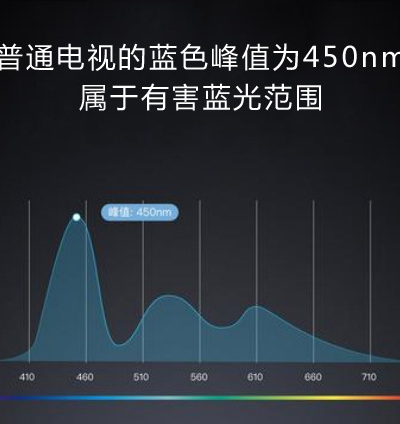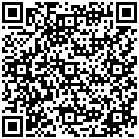Reasonable use of smart devices to avoid blue light hazards
 129
129
At present, the lives of both adults and children are filled with countless monitors, including the phone screen in hand, the TV screen at home, and the computer screen on the table. It can be said that whether it is the mainstream OLED screen materials in recent years or traditional LCD materials, they are not inferior in releasing blue light.
At present, the lives of both adults and children are filled with countless monitors, including the phone screen in hand, the TV screen at home, and the computer screen on the table. It can be said that whether it is the mainstream OLED screen materials in recent years or traditional LCD materials, they are not inferior in releasing blue light. Today, we will briefly introduce what blue light is, what harm it can cause to our eyes, and how we can avoid being invaded by unbearable blue light.
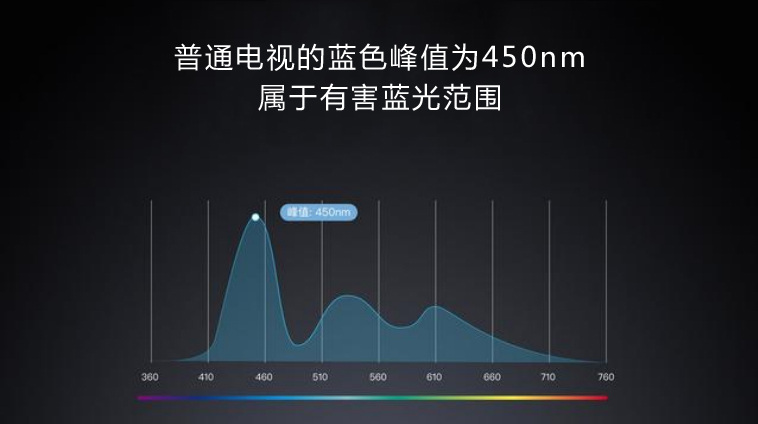
What is blue light?
Firstly, the setting of our eyes at the beginning of human life is to be able to see the existence of external things, and the fact that external things can be seen by us is ultimately due to "light reflection". For light, the visible light of the human eye ranges from 400nm to 760m, with light between 400nm and 500nm belonging to the blue range. Visible light between 415nm and 440mn is called purple blue. This is the source of our discomfort when looking at high light and dazzling images, and the light that seriously affects our vision is this wave.
In fact, the colors of the human world cannot be separated from the three primary colors of red, yellow, and blue. Therefore, it can be said that blue light is a very common light source. Looking up at the sun, one can come into contact with the largest blue light source we can currently see - the sun. However, with the development of the Internet era, mobile phones, televisions, computers, and even today's speakers and refrigerator lights have a screen. The principle of these devices with screens emitting light is based on blue light, blending other colors to convert them into more colors.
So it is normal for the eyes to experience dryness and fatigue when watching computers, mobile phones, and TV for too long. With increasing exposure to blue light, myopia and its severity have become very common social phenomena.
What are the hazards of blue light?
Visual fatigue
myopic eye
Severe cases may cause blindness
How to avoid being invaded by blue light
The most direct and effective way is to play less with your phone, computer, and TV.
Secondly, it is important to be sharp eyed when purchasing display devices, because currently most display devices on the market are equipped with so-called "anti blue light technology", such as filtering blue light, anti blue light, true filtering blue light, low blue light, net blue light, etc. Ultimately, it is the difference between hardware anti blue light and software anti blue light.
Software anti blue light
Software anti blue light is a common anti blue light method, and many manufacturers say that their display technology uses a special algorithm to reduce various lighting to achieve the goal of anti blue light. Usually, users need to manually turn on the anti blue light option through a remote control or other methods. As for why it needs to be manually turned on, there's a bit of mystery involved.
For example, TV monitors, manufacturers and consumers both pursue clear details, high color reproduction, and other image quality performances. The software allows Blu ray to use "anti Blu ray software" to adjust color temperature, which is the lowest cost method of filtering blue light, but also the worst, it completely suppresses blue light. So after adjusting the color temperature, the screen usually turns yellow, which is commonly known as the "yellow screen".
The yellowing of the image quality is quite noticeable
At the end of the day, most software that protects against blue light sacrifices the viewing experience to achieve eye protection. With limited funding and other conditions, it can be considered an economical choice.
Hardware anti blue light
Hardware anti blue light is a technology that almost all TV brands have been striving for in the past two years, and hardware anti blue light simply means developing new materials or adding some materials to the screen by focusing on the screen material. Hardware anti blue light does not require users to set anything on the TV, turning on the TV is the beginning of anti blue light eye protection.
At present, there are many TV manufacturers in China that have hardware anti blue light technology. Kukai and the Optoelectronic Components and Materials Laboratory of the University of California in the United States have jointly developed an anti blue light LED bead, which uses spectral translation to convert harmful high-energy short wave blue light at 450nm into harmless long wave blue light at 460nm. This achieves the goal of avoiding harmful blue light and not affecting the normal color of blue light emitted. The hardware anti blue light of AOC is achieved by changing the spectral distribution of the blue light intensity peak through the main element phosphorus powder in the LED light source. Simply put, the amount of blue light emitted remains unchanged, but the wavelength of high-energy blue light that originally harmed the eyes has been changed to a safe value.
Simply put, it means developing new TV screen materials to suppress the blue light range of 400nm-500nm to a safe value, and on this basis, maintaining the original color of the TV display as much as possible.

